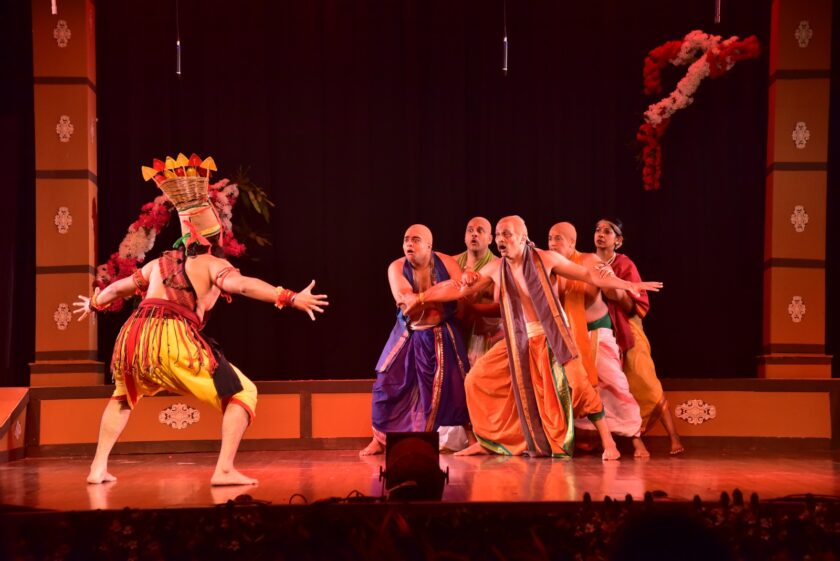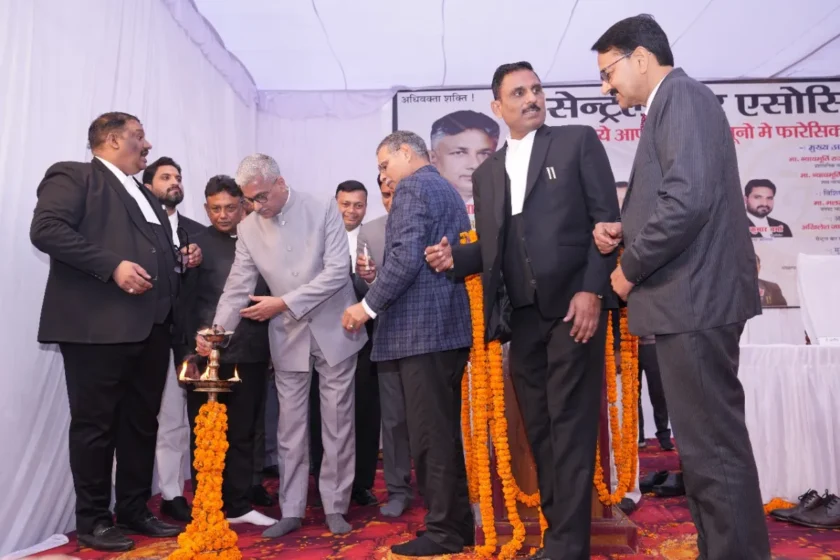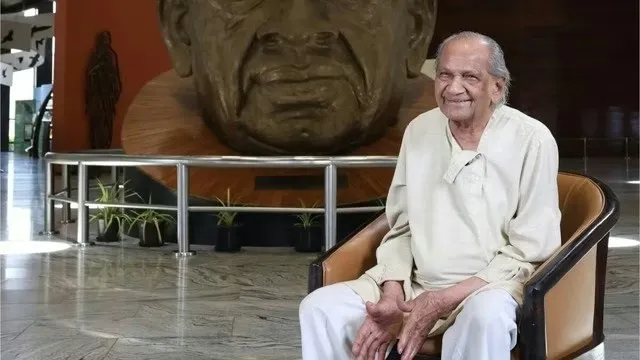Lucknow: Lucknow, the cultural heart of Uttar Pradesh, is home to prestigious medical institutions like King George’s Medical University (KGMU) and a bustling healthcare system. Yet, beneath the surface of white coats and stethoscopes lies a demanding reality: being a doctor in Lucknow is a test of endurance, compassion, and resilience.
The overwhelming doctor-to-patient ratio in Uttar Pradesh—1 doctor for every 18,000 people in the government sector—leaves medical professionals stretched thin. Doctors like Dr. Ankit Singh regularly attend to 50–60 patients daily, often with complex ailments and little time for recovery between cases. Public hospitals such as KGMU are especially burdened, with patients flooding in from across the state, often overwhelming the already inadequate infrastructure.
Infrastructure gaps persist in both public and private hospitals. Chronic staff shortages, outdated equipment, and resource limitations force doctors to multitask beyond their expertise. Even at state-of-the-art private facilities like Apollo Medics, seasonal surges (e.g., dengue outbreaks) strain bed capacity and staffing.
This intense workload takes a heavy emotional toll. From delivering heartbreaking diagnoses to confronting unrealistic patient expectations, doctors must manage emotional fatigue. Dr. Sridhar, an oncologist at Apollo Medics, recalls maintaining composure during terminal case discussions, a challenge that requires both professional detachment and deep empathy. At public hospitals, frustrations with long wait times or system inefficiencies sometimes lead to hostility against doctors. A 2025 viral video showing KGMU doctors arriving late to wards sparked outrage, further highlighting the fragile doctor-patient dynamic.
The psychological strain has led to mental health concerns, including burnout and breakdowns. A junior resident doctor at KGMU attempted suicide in 2025 due to job-related stress—an incident that underscored the urgent need for mental health support in the medical community. “We’re expected to be superhuman,” says pediatrician Dr. Nyay Bhai Gupta, “but we’re human too.”
The COVID-19 pandemic deepened these challenges. With limited oxygen and staffing, doctors like Dr. Sheikh went beyond their roles to ensure care, sometimes personally delivering oxygen cylinders. Others turned to telemedicine, managing patients remotely while grappling with their own health and exhaustion. Even basic needs, like food for COVID-duty doctors, were compromised, as seen in 2020 reports of poor-quality meals at KGMU. The pandemic brought a mix of renewed purpose and lingering disillusionment for many.

Work-life balance remains elusive. Doctors like Dr. Bhumika, a gynecologist, share how irregular hours and constant on-call duties impact personal time and relationships. The academic journey is just as rigorous—MBBS, internship, and years of specialization leave little room for rest. “Even after qualifying, you must keep learning constantly,” says Dr. Abhishek Kumar Singh.
Despite these hurdles, what keeps Lucknow’s doctors going is their impact. A recovering patient’s smile, a grateful family, or a child returning to health under a pediatrician’s care is enough to reaffirm their purpose. Doctors like Dr. Tarun Anand and Dr. Ajay Agarwal find meaning in guiding patients through difficult times. Teamwork and camaraderie, especially in institutions like KGMU and ApolloMedics, provide emotional support and foster community.
To improve doctors’ conditions, systemic reforms are needed. Filling vacant positions, upgrading infrastructure, increasing support staff, and providing mental health resources are critical. Dr. Amit Singh advocates for government incentives to retain young doctors in public service. Training more nurses and support workers would ease the load and allow doctors to focus on their core responsibilities.
In a city that relies so heavily on its medical community, Lucknow’s doctors continue to serve with unwavering dedication. Their stories—of long nights, emotional strain, and moments of healing—shine as a testament to their resilience. While the system may be imperfect, the human spirit behind every diagnosis and every procedure remains the city’s greatest strength.
In the end, these doctors are more than just healers — they are lifelines holding up the healthcare system of one of India’s most dynamic cities, working tirelessly in the shadows, often at great personal cost, to keep hope alive.





